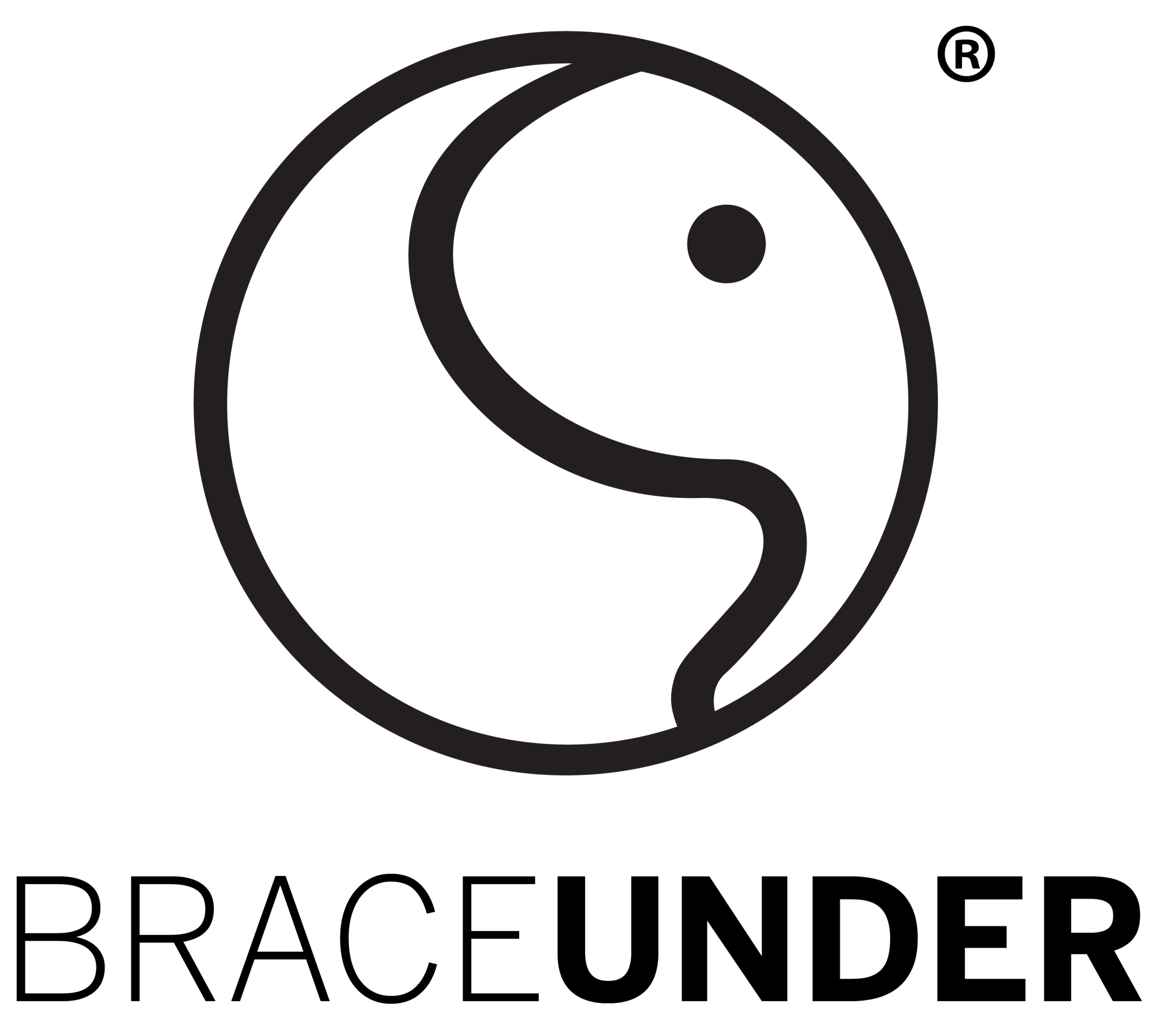BIOMECHANICAL SCIENCES
"To transform orthopedic health and stop chronic joint issues."
MEASURABLE AND REPEATABLE SUPPORT SYSTEMS.
Quantifying objective measurements including acceleration, torque, position in space on a xyz axis, tension in Newtons, compression in mmHg, and more.
The use cases of these smart tech applications and measurements are manifold. In a research setting there are multiple ways to utilize the data in a clinical, post-surgical, rehabilitative, or biomechanical manner.
In a consumer facing model, the user would be able to utilize graded orthopaedic support systems wherein the supports are adjustable through the stages of the injury/ recovery and the level of comfort is achieved through a quantified number.
The purpose is to create a) repeatable systems where the user objective knows compression/ tension values that work best for them, or b) the user is tempered down in stages of tensile and compressive forces in effort to return to normal.
OBJECTIVE BIOMECHANICAL DATA
MEASURING and Applying Forces
USE SCENARIO #1: Valgus Loading™
- Applying a tensile force to the knee joint in a way that encourages movement towards a Valgus Event. The Wearer is prompted to make adjustments to ensure healthy biomechanical alignment over the course of the exercise movement (ie Single Leg Press). Any Valgus Movements are identified live time on a tablet to visualize their occurence and strength, measured in Newtons.
- The purpose is to create resistance training that prevents injury-causing Valgus Events from occurring in situations of high forces (ie in sport).
The addition of technology to the BRACEUNDER System creates another unprecedented method of use. Multiple relevant data points are conveyed to a software application via bluetooth today from a purposeful and functional delivery of measured, custom therapeutic benefit. The application and method of use is being set to be defined in a clinical setting where new rehabilitation processes will be created so as to sequentially help patients. As we proceed, data analytics also allows us to explore quality of movement patterns unique for each use case while creating a therapeutic impact on the body.
Multiple health professionals have examined the technology and the feedback has been unanimous: there are a multitude of incredible use cases for this system. Our aim is to create new therapeutic systems and what it means to get better after joint and muscle injuries. We are actively partnering with healthcare professionals interested in clinical and biomechanical research as we develop and file for SBIR Grants.
With our smart tech and the help of our healthcare partners, we are moving towards that goal.

![iStock_54243464_XXXLARGE_[RED_01]_Banner.jpg](https://images.squarespace-cdn.com/content/v1/57080b272eeb81360dab97e9/1471957895508-5HXVBBD8I3WILTL3FIN2/iStock_54243464_XXXLARGE_%5BRED_01%5D_Banner.jpg)






